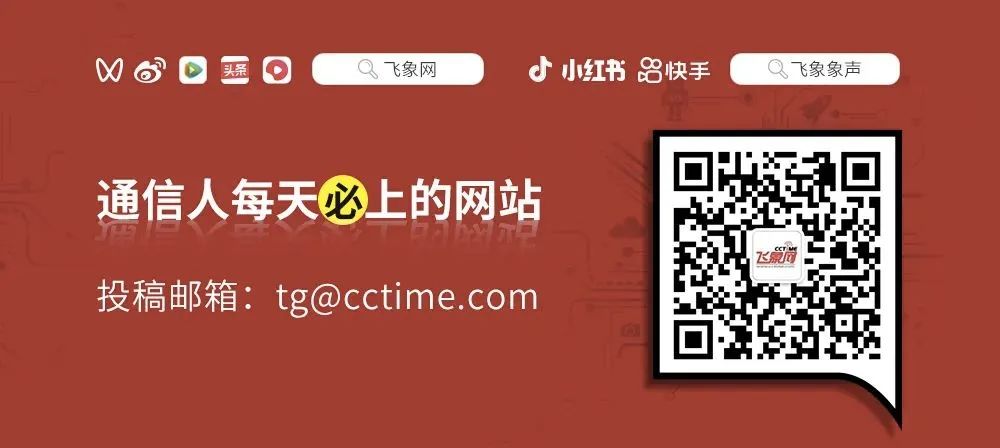
From the moment we type on a keyboard to the headphones transmitting sound, the thriving and prosperous Bluetooth ecosystem has become an indispensable technology in many people’s daily lives.
“Our vision has always been ‘Connecting the World, Creating a Better Future.'”Ken Kolderup, Chief Marketing Officer of the Bluetooth Special Interest Group, stated during a media interview at the Bluetooth Asia Conference that the mission of the Bluetooth Special Interest Group is to create a more convenient world.

A More Convenient World
This year, the shipment of Bluetooth devices has reached 5 billion units, and it is expected to reach 7.7 billion by 2029. The number of member companies in the Bluetooth Special Interest Group has reached 41,650, with 6,000 member companies in mainland China, and this year, 50% of Bluetooth ICs globally have originated from China.

Currently, whether in consumer electronics or in scenarios that enhance enterprise productivity, Bluetooth devices play an important role. The most noticeable change is the replacement of wired headphones by wireless ones. It is expected that by 2025, the shipment of Bluetooth audio peripherals will reach 900 million. Similarly, PC connection devices represented by mice and keyboards are also experiencing a wave of wireless adoption, with an expected shipment of 386 million Bluetooth human interface devices by 2025. The ‘Find My’ tag devices have become a new favorite in the consumer sector, with companies like Apple, Google, and Samsung deploying related ecosystems and launching a series of products. As an early market, it is expected that shipments will reach 80 million by 2025, with a rapidly growing future potential. In the personal health sector, the shipment of Bluetooth wearable devices is expected to reach 323 million.
In addition to widely recognized consumer electronics, Bluetooth technology has also entered commercial and industrial fields, with many products becoming key factors in enhancing enterprise productivity. For example, Bluetooth has become the leading technology in wireless asset tracking, with an expected shipment of Bluetooth tracking tags reaching 245 million by 2025. By 2026, approximately 45% of wireless state tracking sensors are expected to be equipped with Bluetooth connectivity. Electronic shelf labels are also improving operational efficiency and reducing waste caused by printing paper labels, with expected shipments reaching 138 million by 2029. Smart tags with ultra-low energy consumption, which can assist in supply chain management, are expected to reach a shipment of 140 million by 2029.
From Point-to-Point to Large-Scale Device Networks
“Bluetooth technology has completely surpassed point-to-point connections, such as the connections on your phone, and has entered the application of large-scale device networks,” Ken Kolderup stated while introducing the progress of Bluetooth technology. This means that in very secure scenarios, thousands of devices will be connected. One such scenario is the electronic shelf labels mentioned above, where the system can connect thousands of labels in a retail environment.

Another emerging scenario is Auracast, which can be used for audio transmission devices such as smartphones, laptops, TVs, or public broadcasting systems, broadcasting to an unlimited number of audio receiving devices such as headphones, speakers, or hearing aids within range. In public settings, a separate transmitter built into a TV or broadcasting system can send audio to countless receivers. According to ABI Research, it is expected that by 2030, 2.5 million locations worldwide will support Auracast broadcasting audio functionality, and the deployment of Auracast broadcasting audio will directly drive the adoption of low-energy audio (LE Audio) devices.
Lighting control is another scenario transitioning from point-to-point to networked in home environments. Bluetooth Networked Lighting Control (NLC) is the only full-stack standard in the field of wireless lighting control. Bluetooth NLC provides standardization from the radio to the device layer, achieving true multi-vendor interoperability and large-scale adoption of wireless lighting control. Networked lighting control systems consist of smart networks made up of individually addressable fixtures and control devices with numerous built-in sensors, allowing each component of the system to send and receive data.
Upcoming Enhanced Features
Ken Kolderup also highlighted four upcoming enhanced features of Bluetooth during the Bluetooth Asia Conference.

Ultra-low latency HID is expected to be launched in 2025, which will further enhance the experience of wireless keyboards, mice, and controllers, providing latency performance comparable to wired connections.
High-resolution lossless audio is expected to be launched in 2026, which will truly bring a better audio experience to more people. As a very important high-throughput data transmission project, it will help achieve high-resolution lossless audio, significantly improving both connection speed and capacity.
Similarly, high-throughput data transmission is also expected to be launched in 2026, which will improve speed, capacity, and reliability. With HDT technology, the transmission speed between wearable devices and smartphones will be greatly enhanced, optimizing the user experience. Additionally, it will enable simultaneous connections between smartphones, tablets, and other Bluetooth devices.
Furthermore, Bluetooth will expand its application to the 5-6GHz frequency band, with member companies hoping to enhance capabilities in speed, capacity, latency, and accuracy through the new frequency band to ensure Bluetooth’s performance over the next 25 years. This feature is expected to be launched in 2027.
From ubiquity to omnipresence, from point-to-point to large-scale device networks, Bluetooth technology continues to make breakthroughs in various fields such as audio, control, and positioning. The upcoming four enhanced features will further expand its capabilities. Whether in work or life scenarios, Bluetooth is building a smarter, interconnected, and more convenient future world.

Content Recommendations

China’s Industrial Internet in the Past Decade: The Path to the ‘Fourth Pole’

5G-A and AI Collaborative Evolution, Deep Integration, Stimulating Innovation Momentum in the Intelligent Era

Industrial Internet in the Past Decade: Deep Integration of Artificial Intelligence, Accelerating Transformation Across Industries
